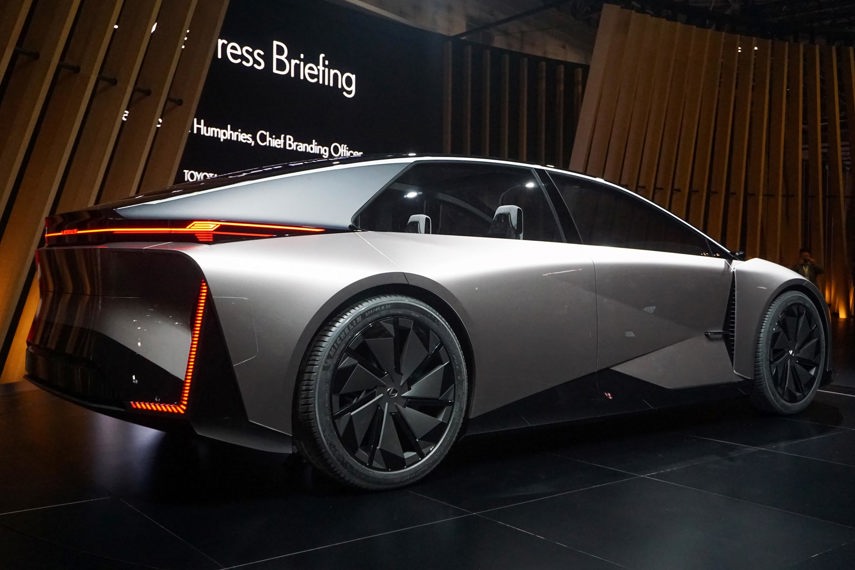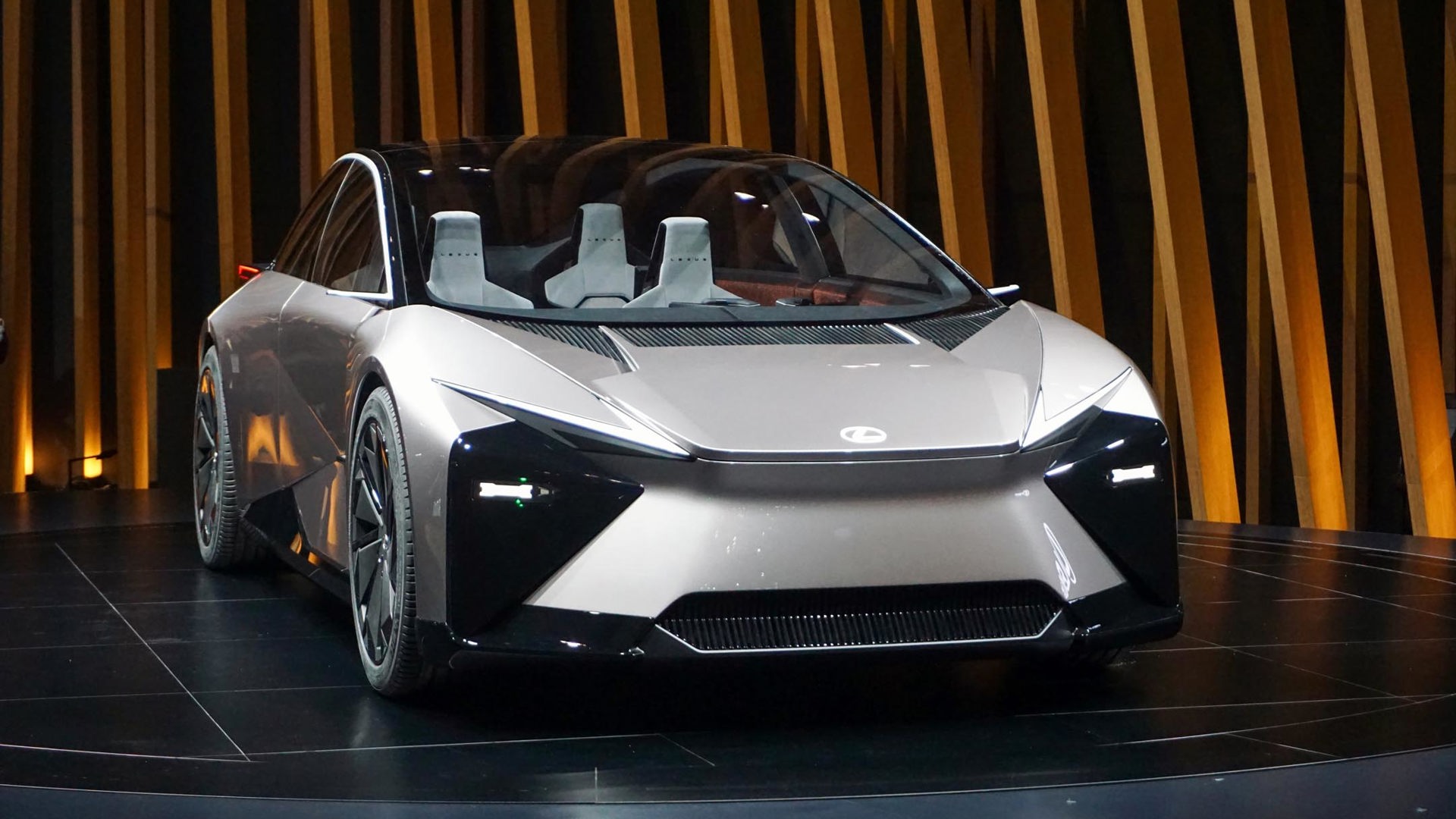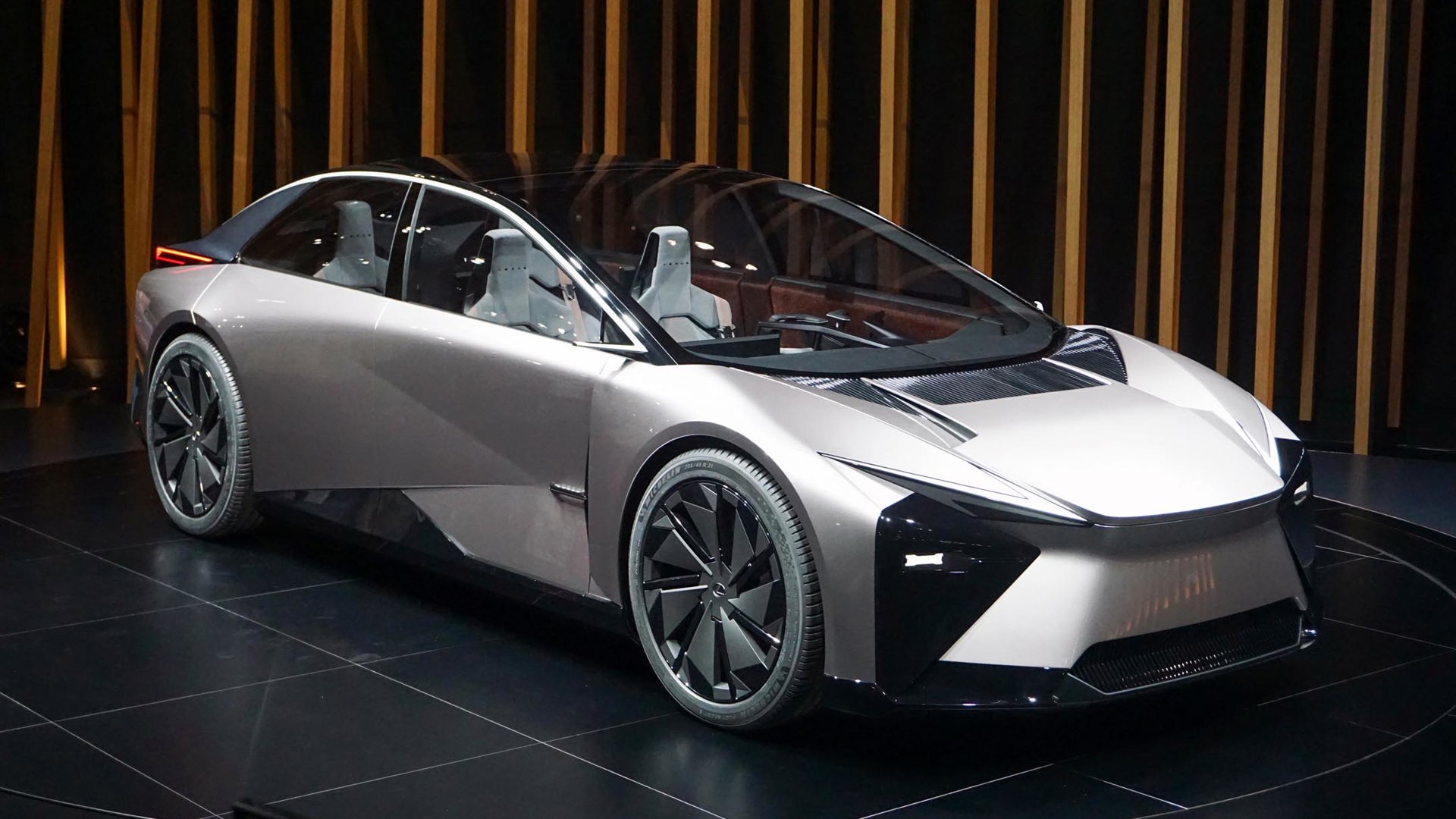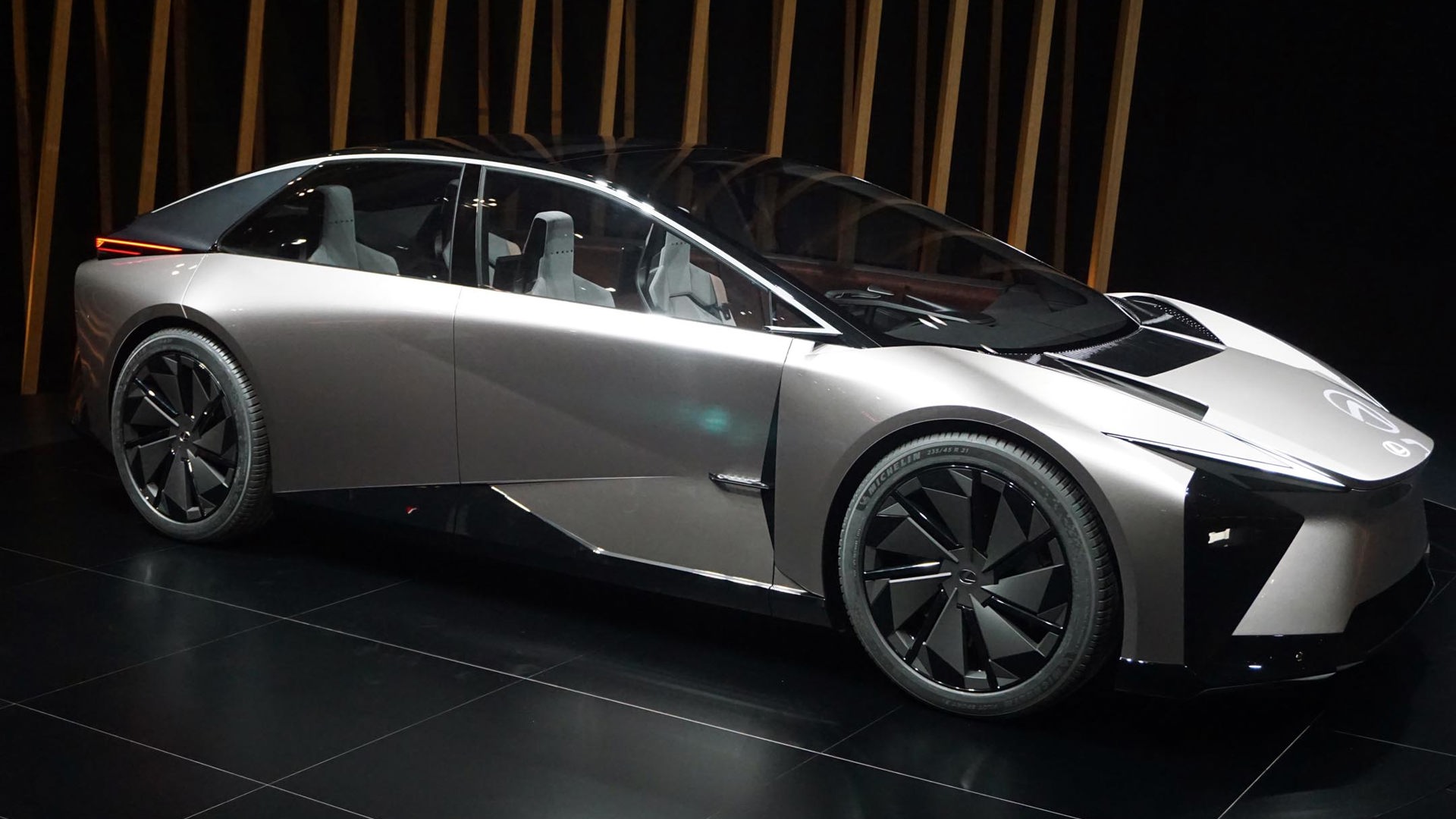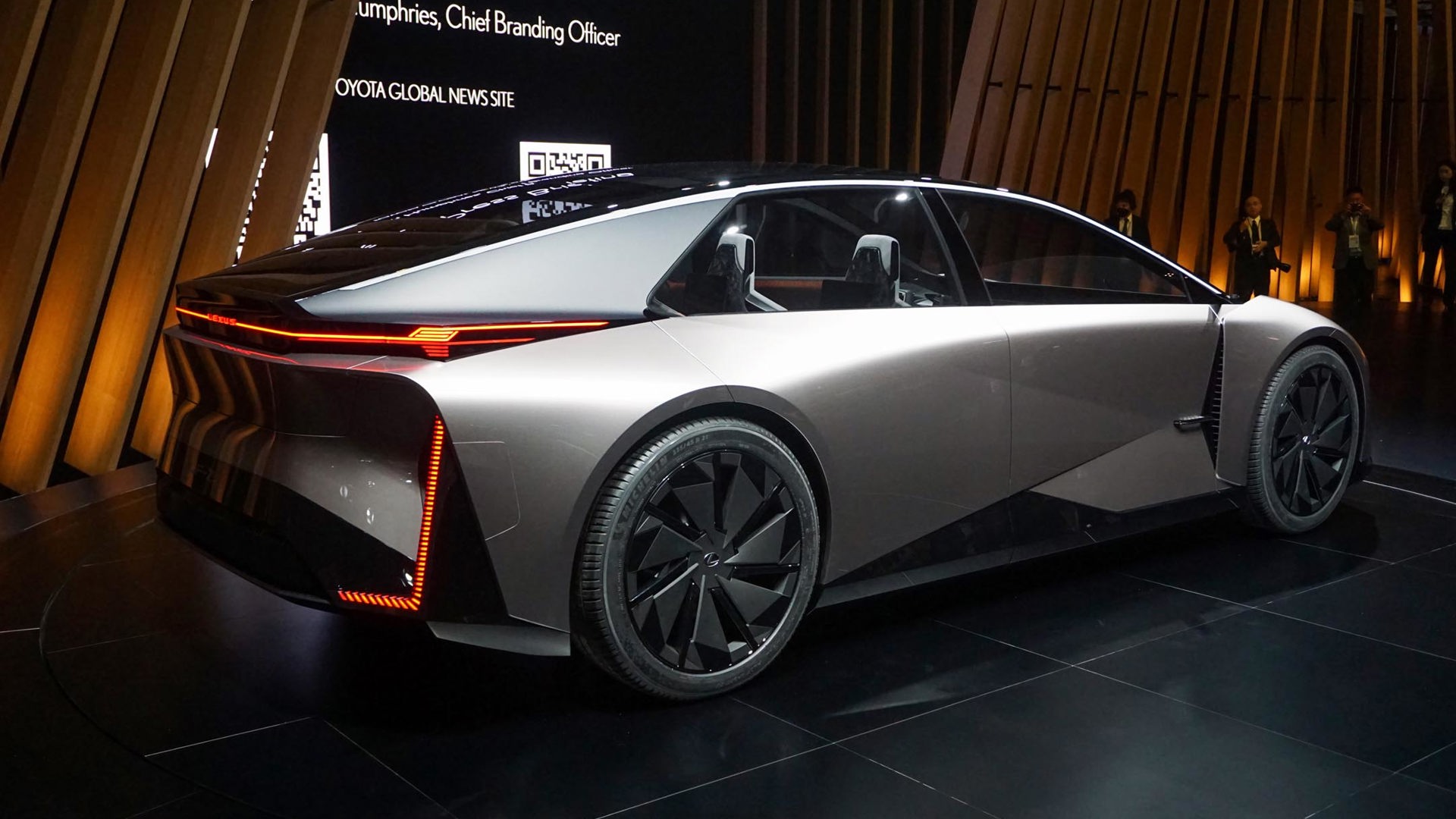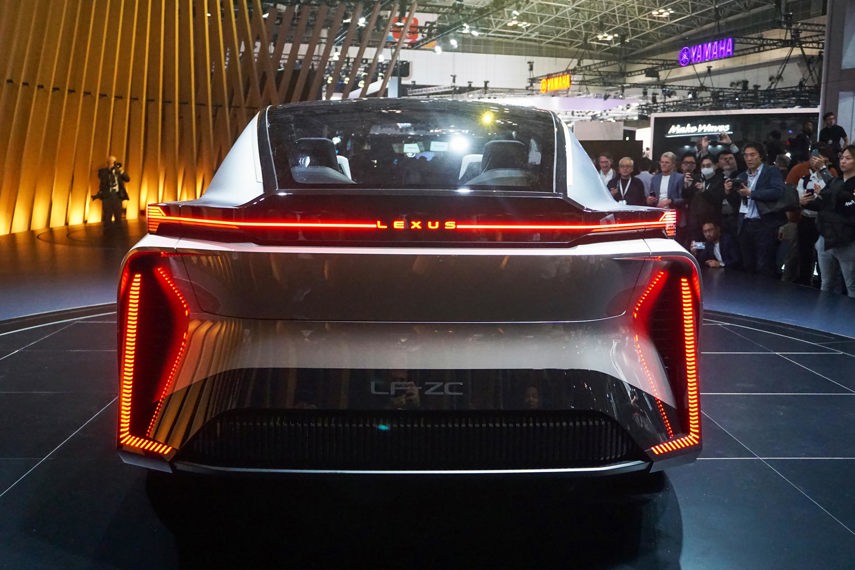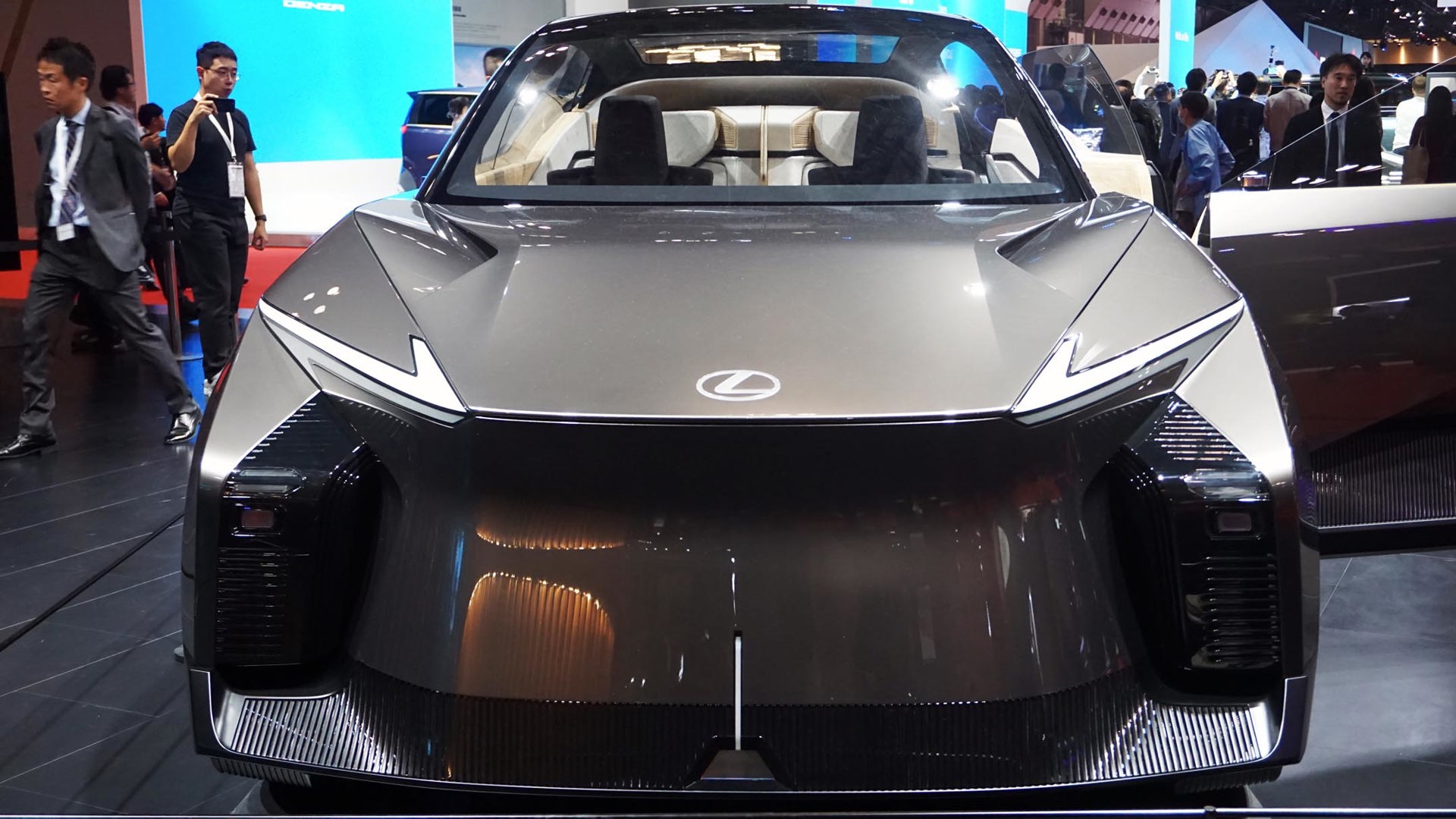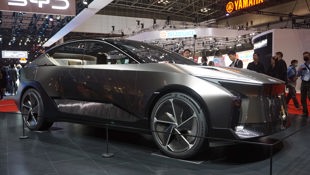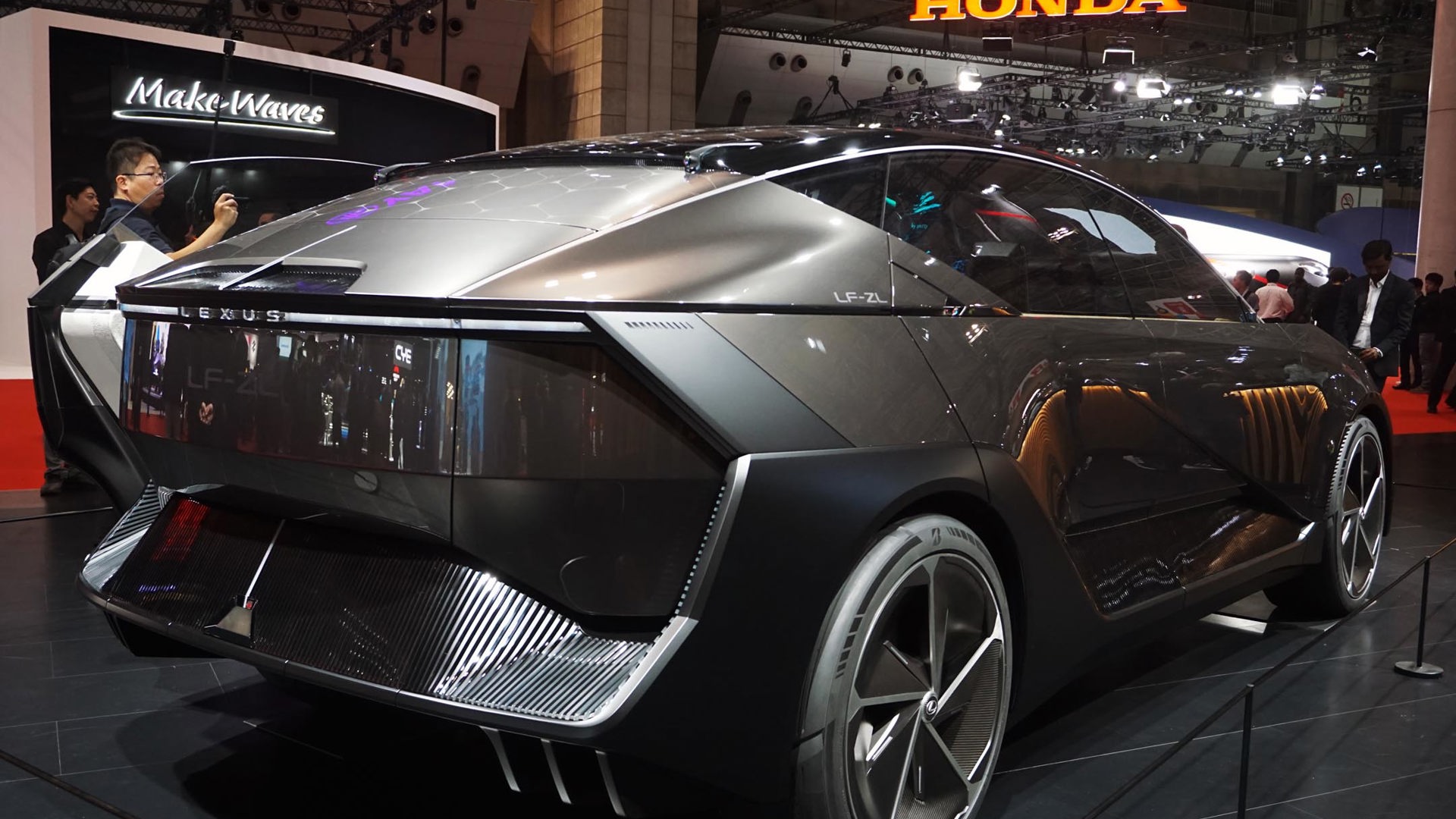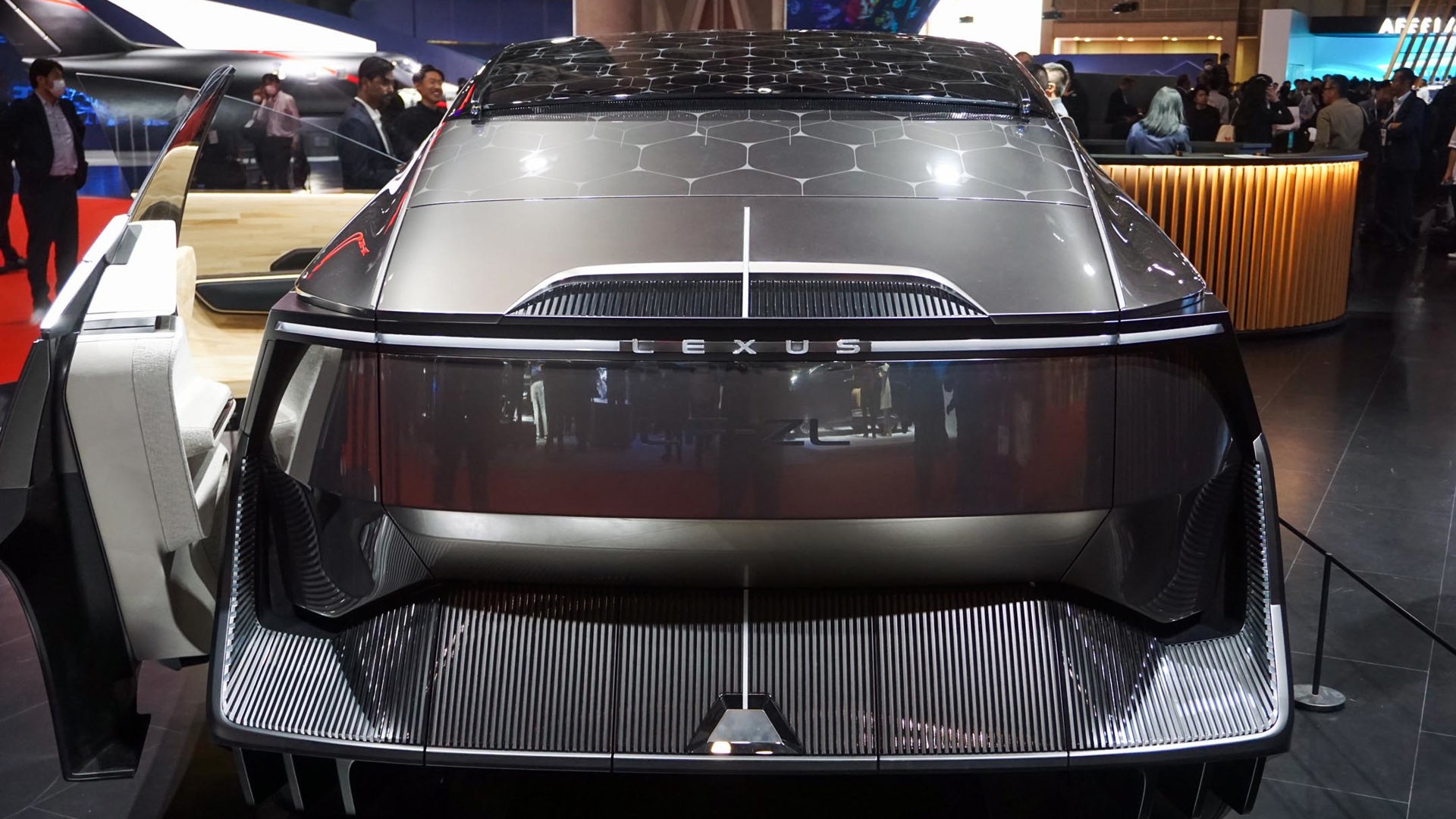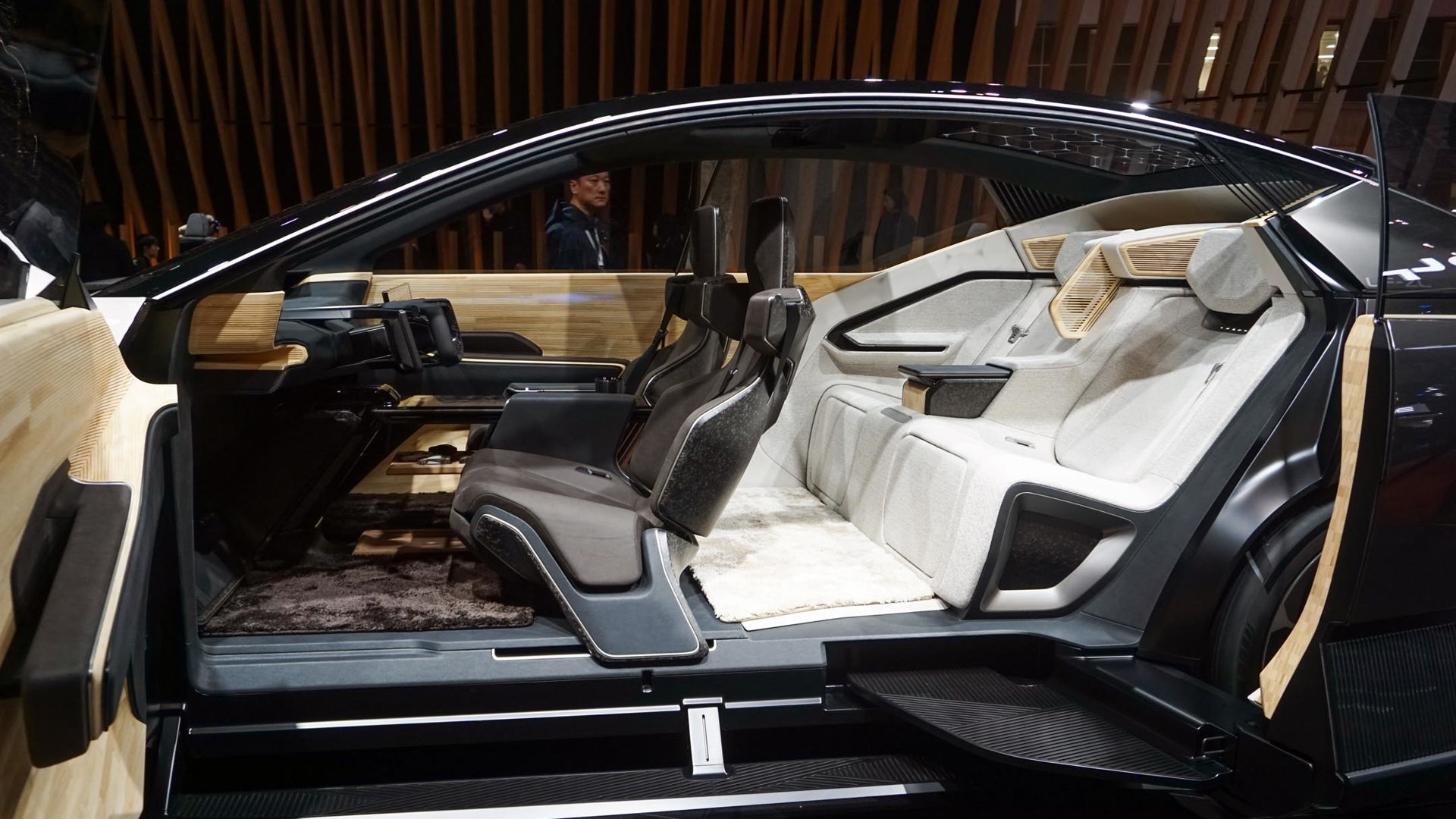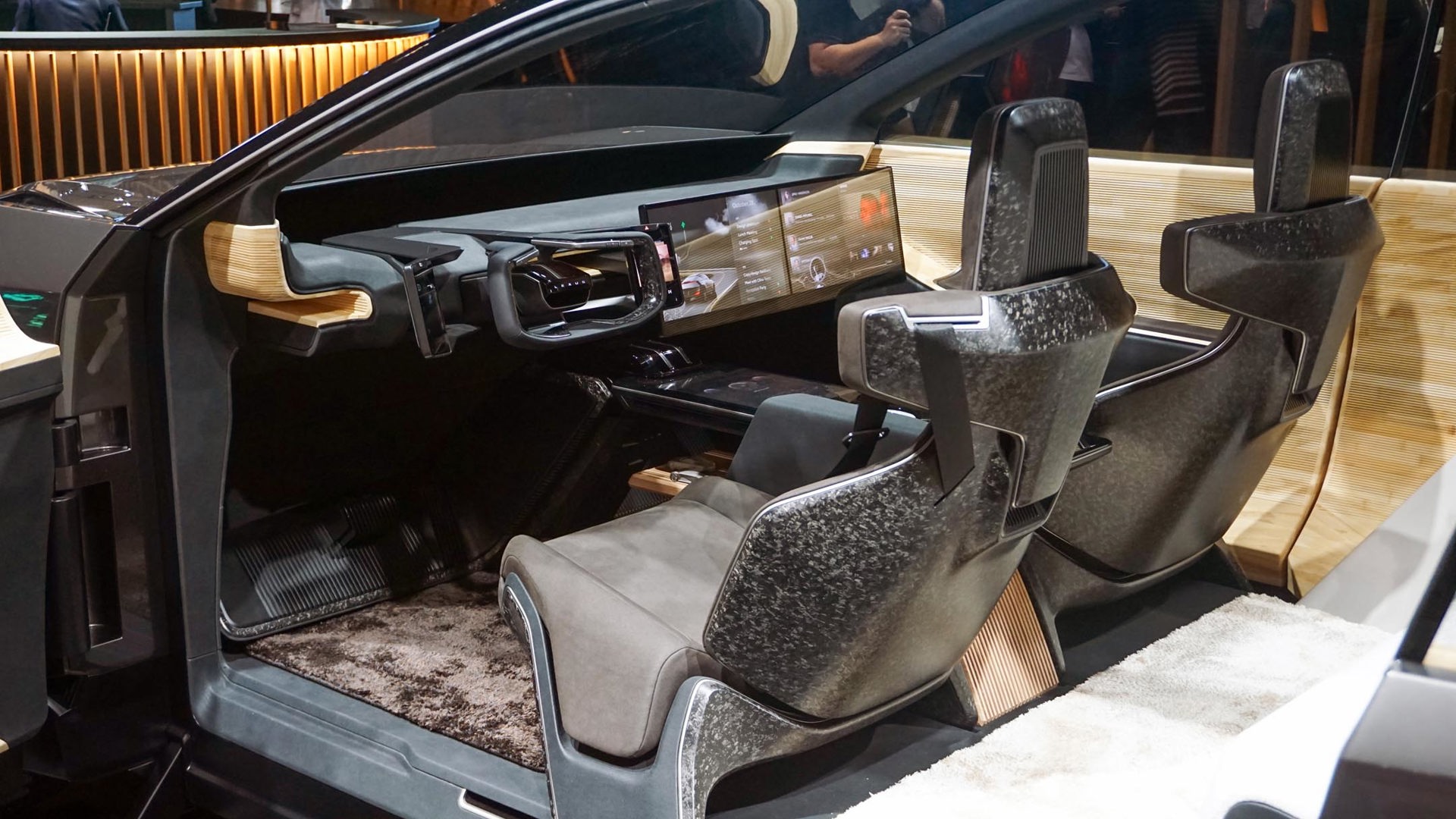For a brand with a reputation for being something of a safe bet, for the last decade or more Lexus’s design language has been nothing short of daring.
Forget the LFA supercar or stunning LC grand tourer – this upmarket marque has built an entire lineup of cars and SUVs some might even call controversial. From sharp crease lines to its signature spindle-shaped grille, the look of just about every one of the brand’s offerings stands in stark contrast with their more conservative counterparts in the premium space.
And with the era of electrification on the horizon – one the brand’s own leadership admits to playing catch-up on as it aims to be fully electric by 2035 – Lexus is embarking on a new journey that’s joined by an existential question: how does the brand meet existing expectations while pushing boundaries? And just as importantly, how does it do so with the blank canvas electrification gives its designers and engineers to work with?
Dodging Dystopia
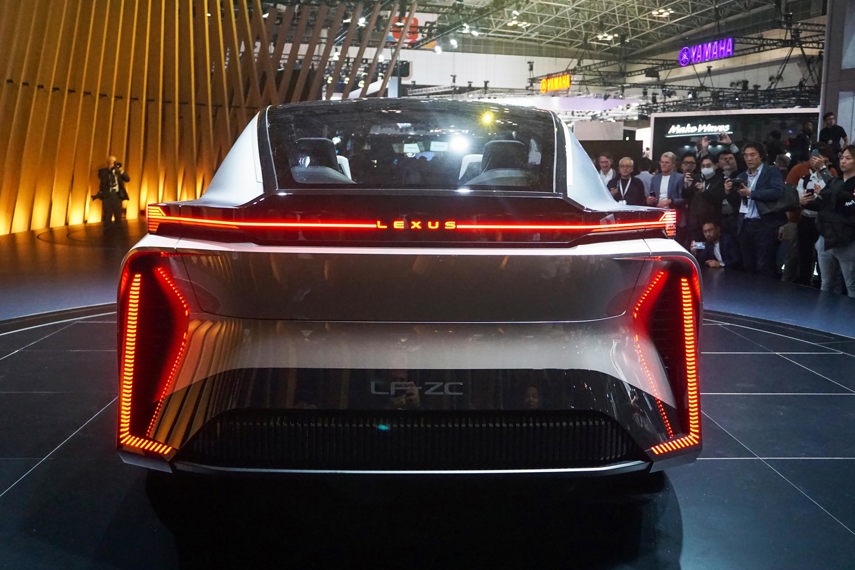
“It seems like my job still has a meaning,” Lexus design and branding boss Simon Humphries said with a laugh, noting the predictions and proclamations about the supposedly soulless future of the automobile that was to be ushered in by electrification.
It was as recently as a few years ago that a certain segment of the public (read: enthusiasts) looked at electric vehicles (EVs) as the beginning of the end of any semblance of emotion as it relates to the automobile, Humphries said. Of course, that sky-is-falling outlook has already been disproven, with the Porsche Taycan – and others – turning it on its head (albeit with some caveats). But beyond performance, it’s up to brands like Lexus to create products that appeal to people in as many ways as possible.
“You’ve gotta want it,” Humphries said of EVs. “It’s that simple.”
According to Humphries, who’s a designer by trade, one challenge his team is facing is how to use the very architecture that underpins EVs to emphasize their benefits. He pointed to the brand’s first-ever full EV, the Lexus RZ – as well as its Toyota bZ4X corporate cousin – as an example of an entry that’s still too much like its conventional counterparts in design and execution.
While both the RZ and bZ4X – as well as plenty of other EVs from rival brands – stand out thanks to some funky design cues, they’re packaged in largely the same way as their gas-powered contemporaries. Namely, their front-mounted motors amount to the same “mass of stuff” as an engine, as Humphries puts it – a mass designers have to work with whether they like it or not.
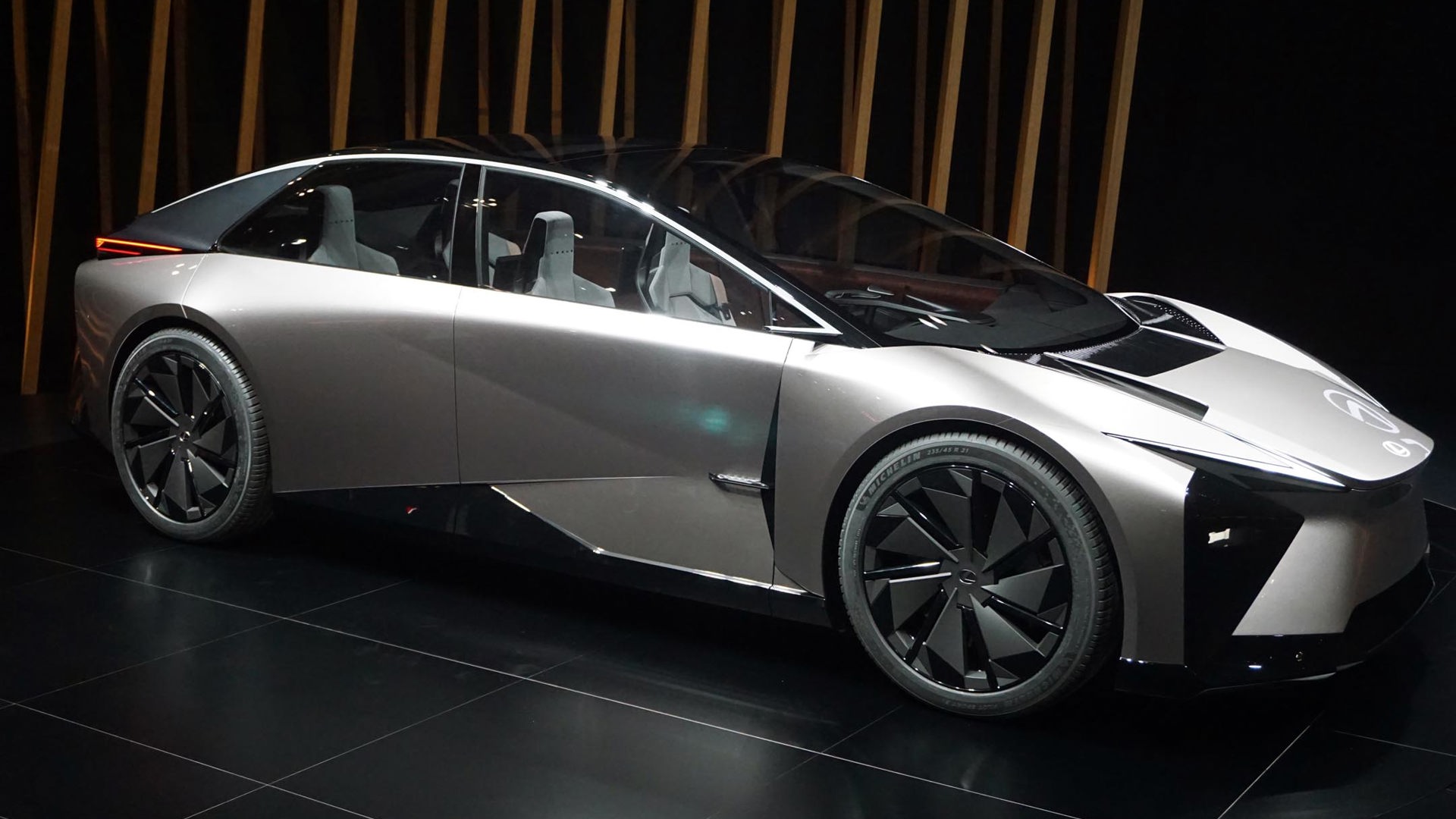
With its latest LF-ZC Concept, Lexus is exploring what its vehicle might look and feel like with those limitations removed – or at least greatly reduced. Its low hoodline is almost supercar-like, which not only looks great but provides outstanding outward visibility since the dash barely peeks from behind the bulging fenders. (The low dash is the result of the smaller firewall that’s required with an electric motor between the front wheels.)
Beyond what’s under the hood, upcoming battery technology means the packs themselves that typically span the floors of EVs will be much more neatly packaged than they are in the current crop of offerings from this brand and others. Even before reaching the days of solid-state batteries that rely on ceramic or glass instead of the liquid electrolyte used in lithium-ion units, stopgaps like the prismatic cell technology Lexus plans to roll out in the coming years allows for more energy density in a smaller package. According to Humphries, the battery in the LF-ZC is 120 mm (4.7 in) lower than an equivalent lithium-ion pack – enough to open up all kinds of interior real estate.
But as Lexus rolls out edgy new looks like the ones unveiled at the 2023 Tokyo Mobility Show, the design team is as cognizant as ever that pushing boundaries too far can alienate existing customers. That’s perhaps why, underneath the exaggerated design elements typical of concept vehicles, both the LF-ZC and the larger LF-ZL look like Lexus products. From the lighting to their fascias, it’s easy to trace the lineage of both back to the current lineup.
“Every single car you ever design, it’s always a balance between how much you change and how much you keep in terms of relatability,” Humphries said.
Beyond Design
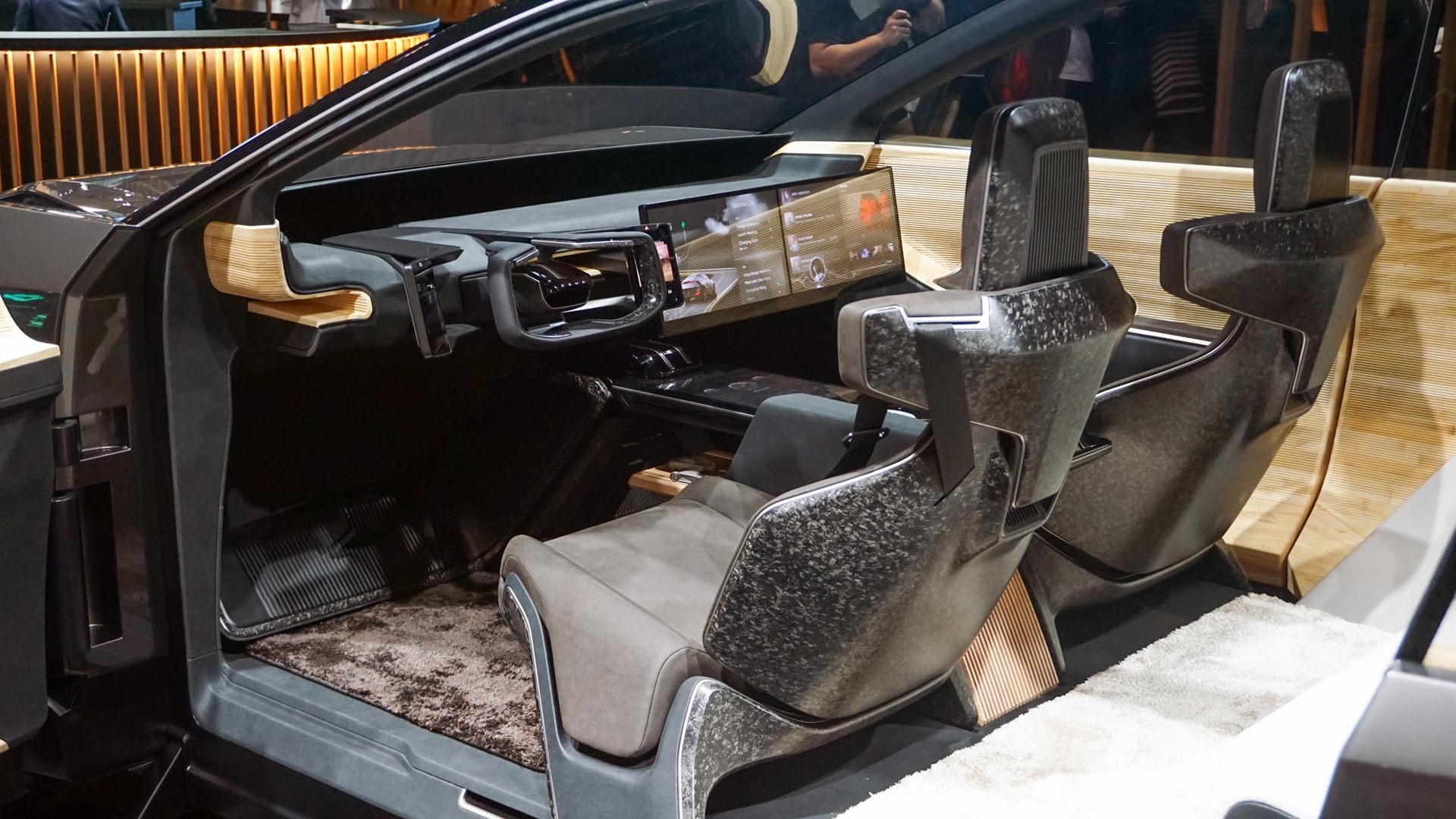
Looking past the styling, Lexus sees electrification as opening up an entirely new realm of connectedness that doesn’t yet exist. And while loading vehicles with sensors is nothing new, it’s the capabilities of the ones the brand’s brain trust envisions that are most intriguing.
Humphries said it’s a lot like what separates smartphones from computers in spite of their inherent similarities. In the former, it’s the abundance of sensors – from GPS to g forces, as well as drop sensors and more – that have opened the door to so many of the novelties and tools we use today.
“The app makers are building content off of those,” he said. “That’s the same sort of logic, but with a car.”
He used the example of a finger-pointing application that can respond to a user’s prompts in new and exciting ways. Imagine pointing at a restaurant as you drive by and making reservations, or even pointing at a pedestrian’s shirt or jacket and being able to find the same one online. As far-flung and futuristic as these may seem, they’re the exact avenues the Lexus team is exploring in order for its vehicles to stand out in more ways than how they look.
According to Takashi Watanabe, who was appointed president of the Lexus brand globally in March 2023, it’s about more than just building vehicles, electric or otherwise – it’s about ensuring customers are getting something more from their purchases than ever they have before.
“Through this electrified technology,” he said through a translator, “what kinds of new value can we offer people?”
